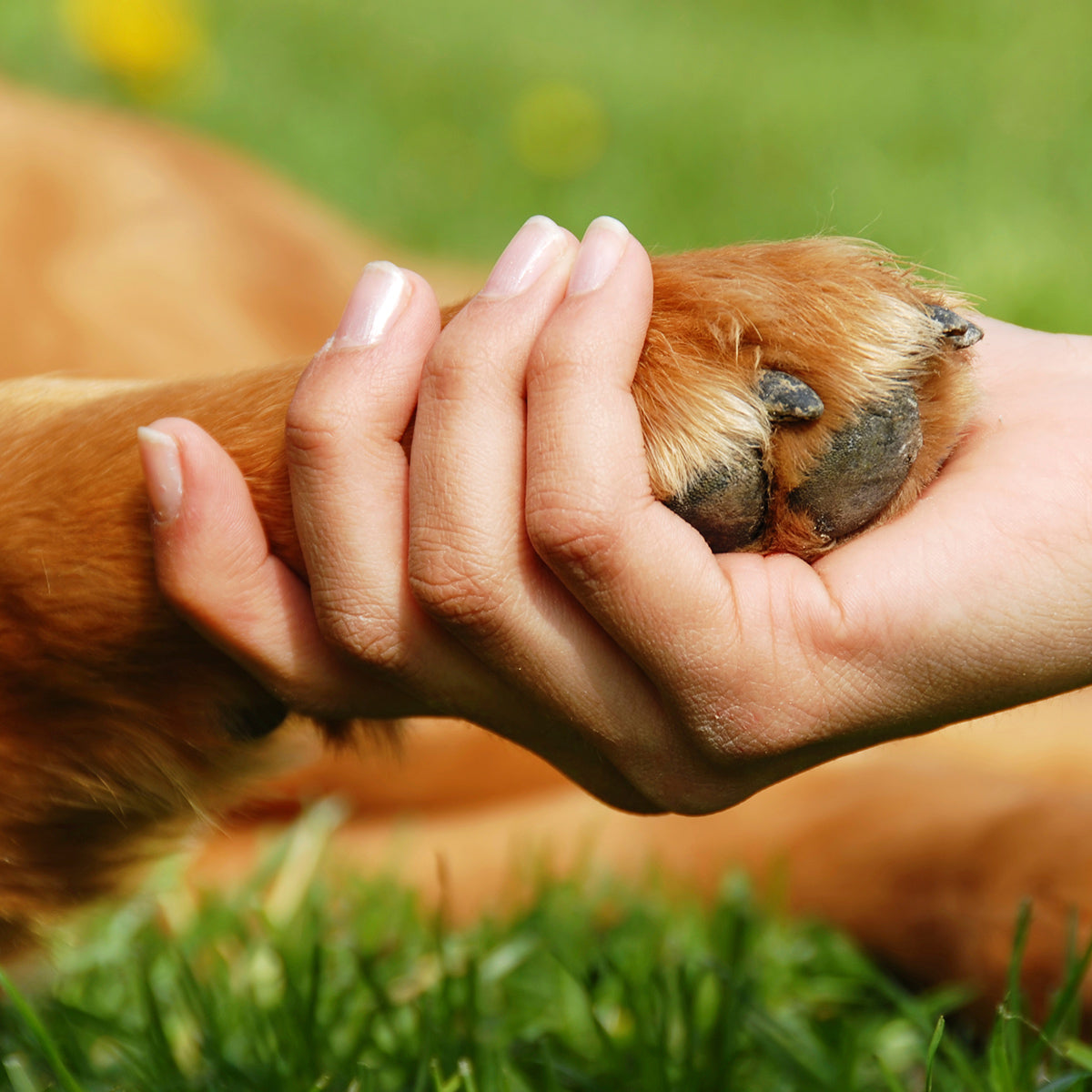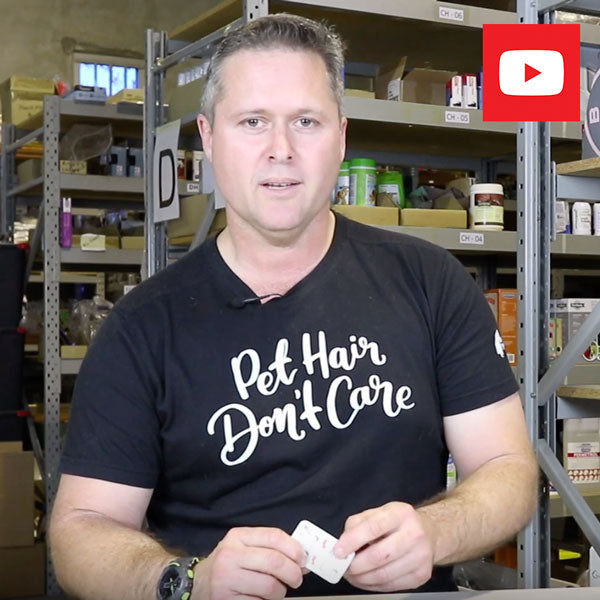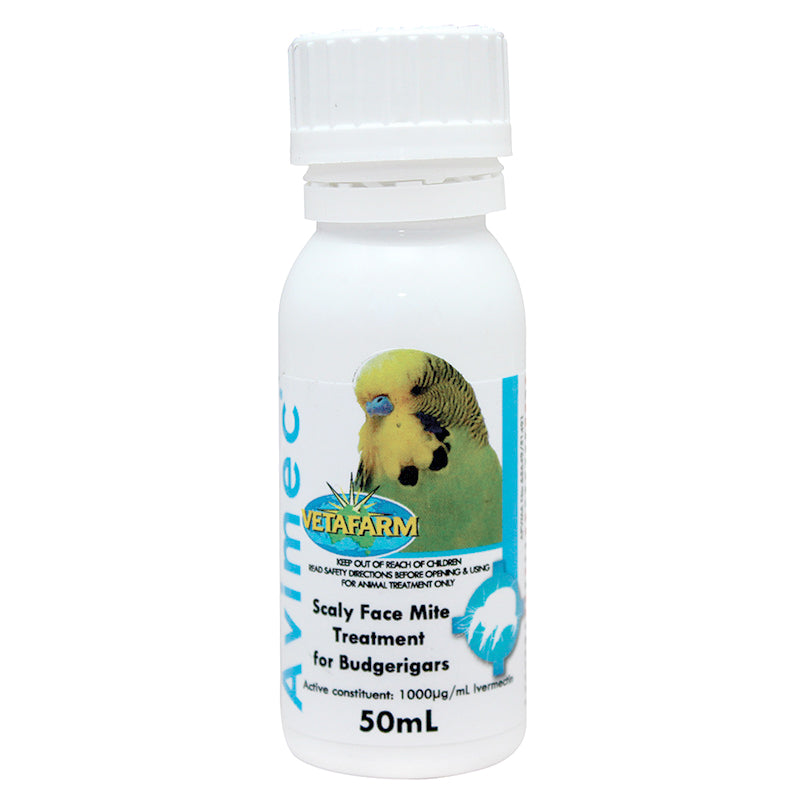-
-
-
Shop All Horse >
First Aid Supplies >
-
-
Wildlife
-
-
-
-
Order status, order tracking, changes, returns, general shopping enquiries and reach our team.
>> Pet Q & A's
Our online knowledge base full of articles, FAQs and loads of useful pet care info for all species.>> myPet Podcast
Perfect for the busy pet owner; offering tips, tricks and reliable pet care education on the go.>> myPet Magazine
Designed simply to share our love and knowledge of pets with all. Yours FREE with every order.>> Pet Lover's Blog
Your source for pet related news, articles and stories written by our qualified vet nurses.>> YouTube
Pet care advice, step-by-step guides, product road tests and reviews from our team of experts. -
- Login


















